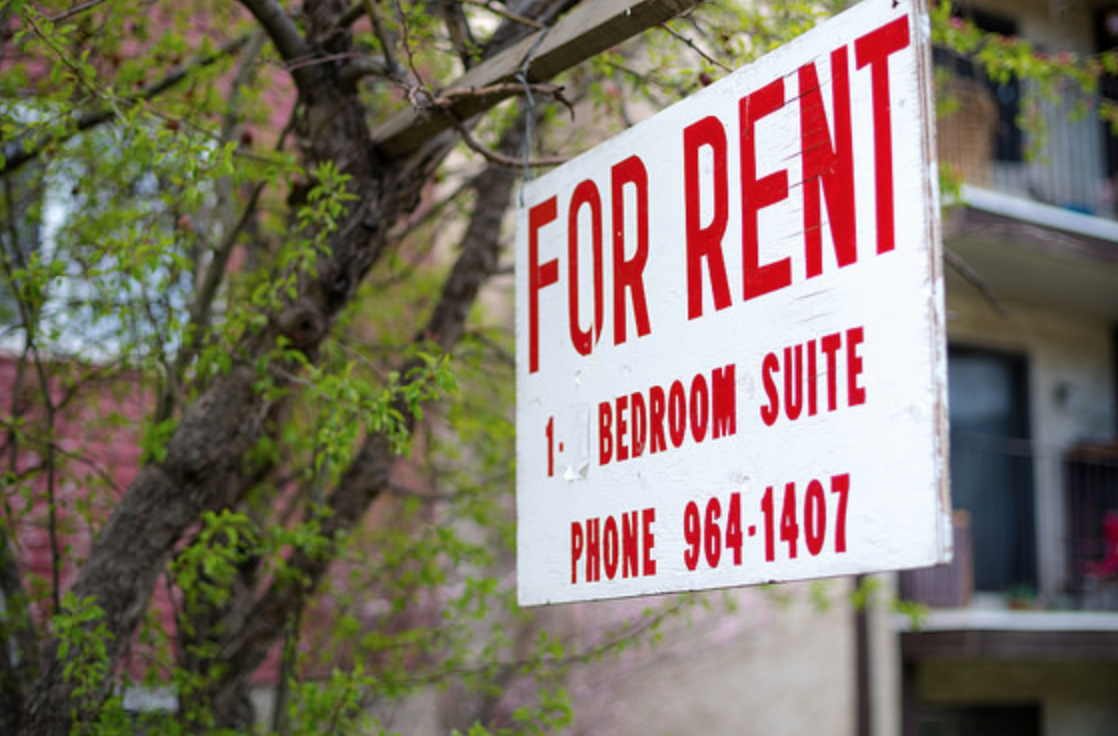Cities in the Sun Belt have long-touted their affordability. Houston, Phoenix and other metros in the South and Southwest have credited their growth in recent years, in part, to low housing costs.
But by some measures, Sun Belt cities are now some of the least affordable cities in the country, specifically for families living in poverty or making roughly a third of the area median income. Those families are considered "extremely low-income" or ELI. They tend to represent the most cost-burdened income group, meaning they spend more than, and often much more than, 30 percent of their monthly income on housing costs.
When comparing demand with supply, Sun Belt cities had some of the lowest numbers of available and affordable rental units for people who are extremely low-income.
The latest annual report from the National Low Income Housing Coalition ranks Las Vegas, Los Angeles and Houston as the three least affordable cities for extremely low-income families, while cities in the Northeast and Midwest, led by Boston, Pittsburgh and Providence, were the most affordable metropolitan areas for that group, based on 2015 data.
In Houston, it's a matter of supply. Using Census data, the report concludes that Houston has a shortage of some 626,192 available and affordable units for those extremely low-income renters. But for renters making the area median income or above, there were more than enough options, with 104 units available for every 100 renters at the income level. "The private market rarely produces new rental housing affordable to the lowest income households without public subsidy," writes the report. And in fact, every metro area had a shortage of affordable rental housing for extremely low-income renters.
But the burdens appear to be growing for other income groups as well. Rents in cities have gone up across the country, according to a report from Harvard University's Joint Center for Housing Studies, and in "18 of the nation’s 25 largest markets, rent increases in the middle tier (Class B) outstripped those in the upper tier (Class A)."
Number of Affordable and Available Units per 100 ELI Renter Families
Map by Leah Binkovitz, Source: National Low Income Housing Coalition
Green represents 10 most affordable cities for extremely low-income families; red represents 10 least affordable cities.


